Top Things to Know Before Buying Extra Large Indoor Plant Pots
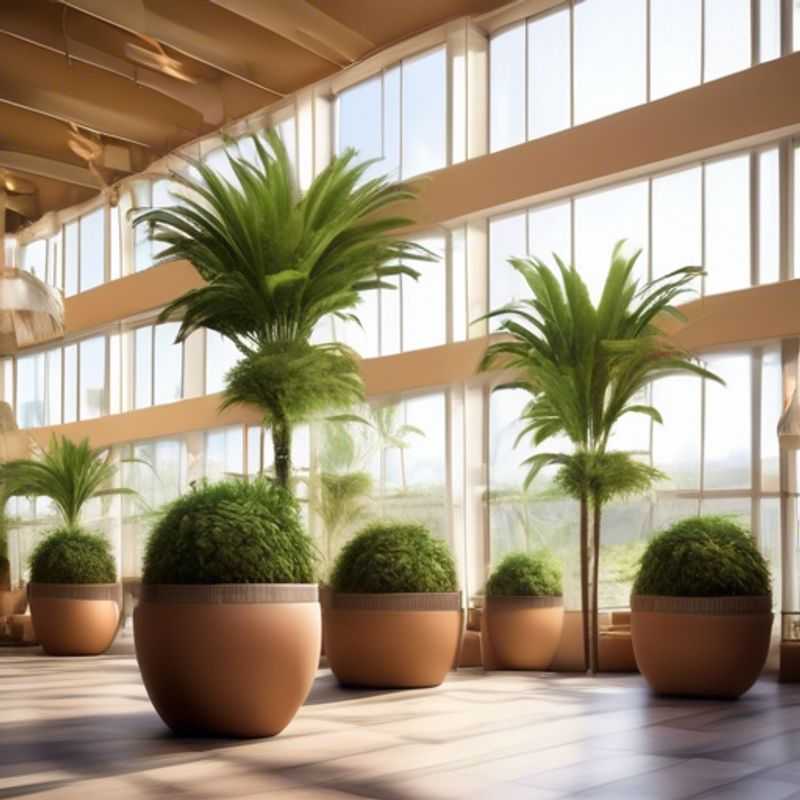
Top Things to Know Before Buying Extra Large Indoor Plant Pots: Space, Weight, Material, Drainage, Base, Plant Needs, Self-Watering
Choosing the right extra-large indoor plant pot is crucial for the health and well-being of your plant. Here are some key factors to consider before making your purchase:
1. Measure Your Space: Before bringing home a massive pot, ensure you have the room for it. Measure the area you're considering and factor in the pot's dimensions, including any decorative elements.
2. Weight Matters: Large pots filled with soil and a plant can be surprisingly heavy. Consider where you'll be placing the pot and make sure the surface is stable and can support the weight.
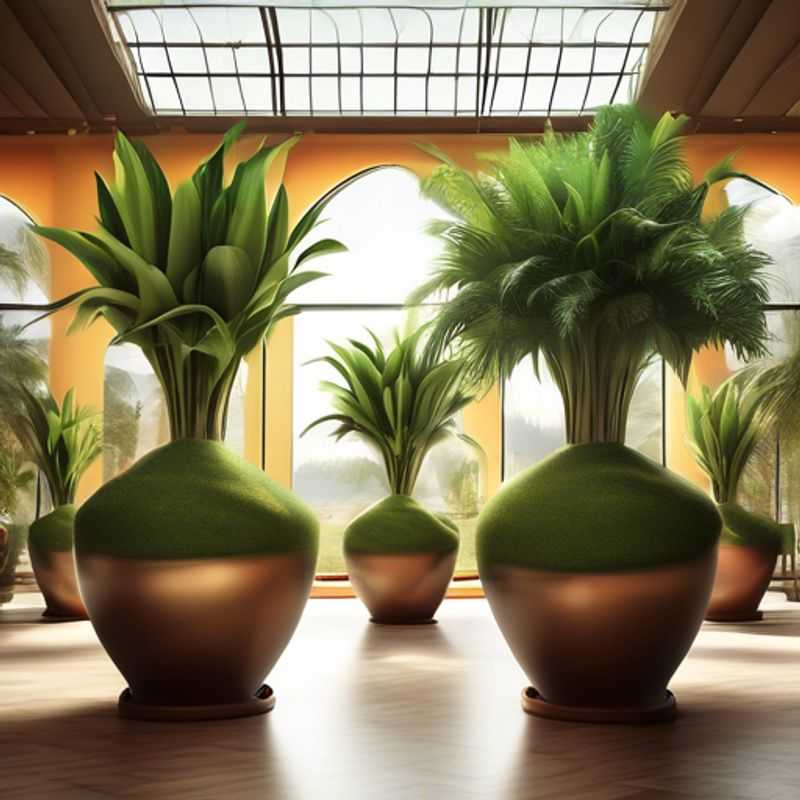
Measure Twice, Cook Once: How to Ensure Your New Pot Fits Perfectly
When deciding to add a pot to your home, it is crucial to measure the available space to ensure a proper fit. Begin by identifying the location where you wish to place the pot. Use a measuring tape to determine the width, height, and depth of the area. Consider any furniture or fixtures that may obstruct the pot, and ensure you leave enough space for easy access and maintenance. Additionally, measure the pot itself, taking into account its dimensions and any additional space needed for drainage or plant growth. Remember to account for the pot's weight when filled with soil and plants, as this may affect the surface underneath it. It’s also wise to consider the pot's aesthetic appeal in relation to the surrounding decor. For those in a hurry, sketching a quick layout or using a digital app can streamline the planning process. If you are hiring a professional to assist with placement or installation, include their fees in your budget. This ensures a well-thought-out plan that incorporates both space efficiency and visual harmony in your home.
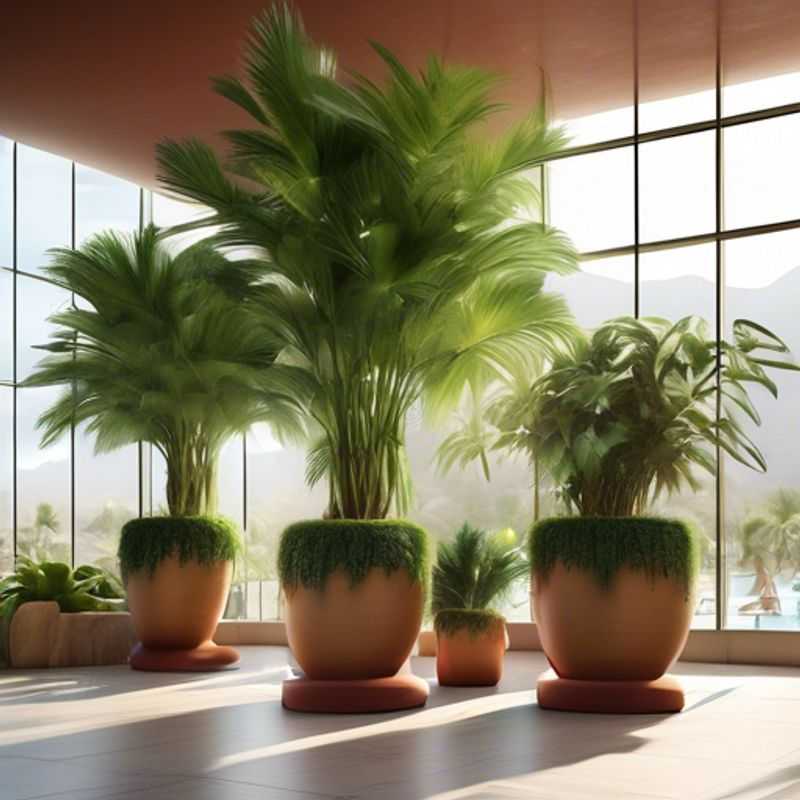
Don't Get Caught Off Guard: Calculating the Weight of a Planted Pot
When choosing a pot for your plant, you'll need to consider its weight when filled with soil and the plant itself. This is especially important for large pots, as they can become incredibly heavy, potentially causing safety issues and making it difficult to move.
Here are some crucial things to consider:
Firstly, consider the material of the pot. Terracotta pots are porous and will absorb water, making them heavier than plastic pots.
Secondly, think about the size of the pot. A larger pot will hold more soil and water, making it heavier.
Thirdly, factor in the weight of the plant. Larger plants naturally weigh more.
Fourthly, consider the location where you plan to place the pot. If it's on a balcony or a high shelf, the weight becomes a crucial safety concern.
Finally, if you are moving the pot often, you might want to consider using a pot with wheels to make it easier to move.
Remember, it's always better to err on the side of caution. If you are unsure about the weight, it's best to choose a smaller pot or a lighter material. You can also use a scale to weigh the pot before filling it with soil and planting.
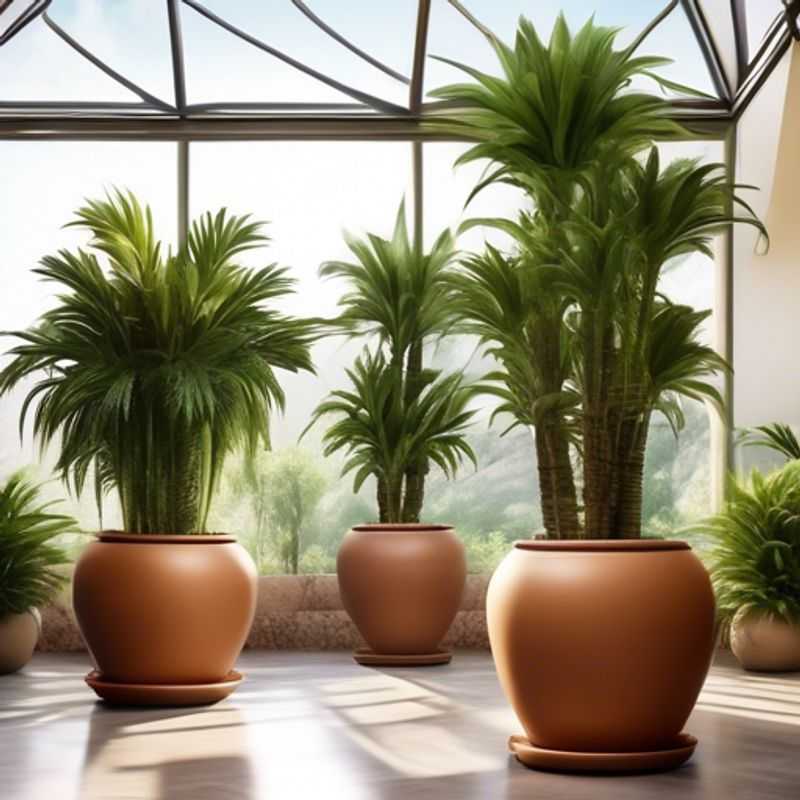
Choosing Durable Pots: Ceramic and Resin for Long-Lasting Beauty
When choosing pots for your plants, consider durable materials like ceramic or resin. These materials are resistant to cracking and breaking, making them ideal for long-term use. Ceramic pots, known for their aesthetic appeal and heat retention, are great for indoor plants. Resin pots, on the other hand, offer lightweight and weather-resistant qualities, making them suitable for outdoor use. Avoid cheap plastic pots, as they are prone to cracking and fading over time. Investing in high-quality pots can save you money in the long run by minimizing replacements.
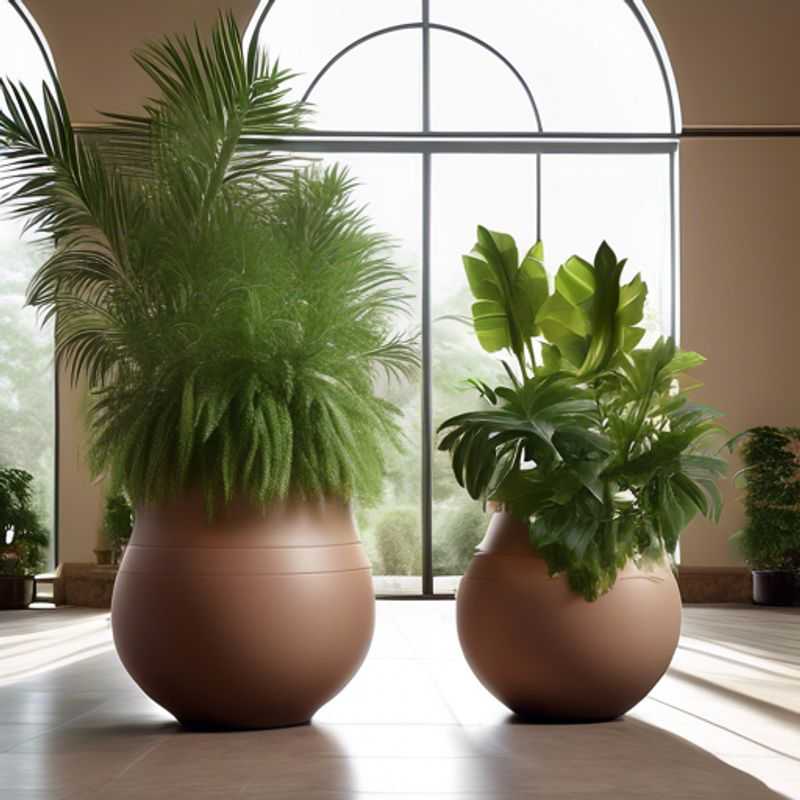
Preventing Waterlogging: The Importance of Drainage Holes in Pots
Waterlogging, the excessive buildup of water in the soil, is detrimental to plant health. Proper drainage holes in pots are essential to prevent this. When water accumulates, it suffocates roots, depriving them of oxygen, hindering growth, and increasing susceptibility to diseases.
Ensure pots have adequate drainage holes to allow excess water to escape. This prevents water from stagnating, creating a healthy environment for root development. The size and number of drainage holes should be proportionate to the pot size.
Consider using a pot with a saucer or tray beneath it. This collects excess water, preventing it from spilling onto surfaces. It also offers an opportunity to monitor water drainage, ensuring that the soil isn't excessively wet.
While ensuring drainage is crucial, it's important to remember that overwatering can also be detrimental. Overwatering creates waterlogged conditions, leading to root problems. It's essential to strike a balance by allowing the soil to dry slightly between waterings, promoting healthy growth.
Using a pot with a drainage hole is a simple yet effective technique to prevent waterlogging and create an optimal environment for plant growth. This practice contributes to the well-being of your plants, fostering a thriving and vibrant garden.
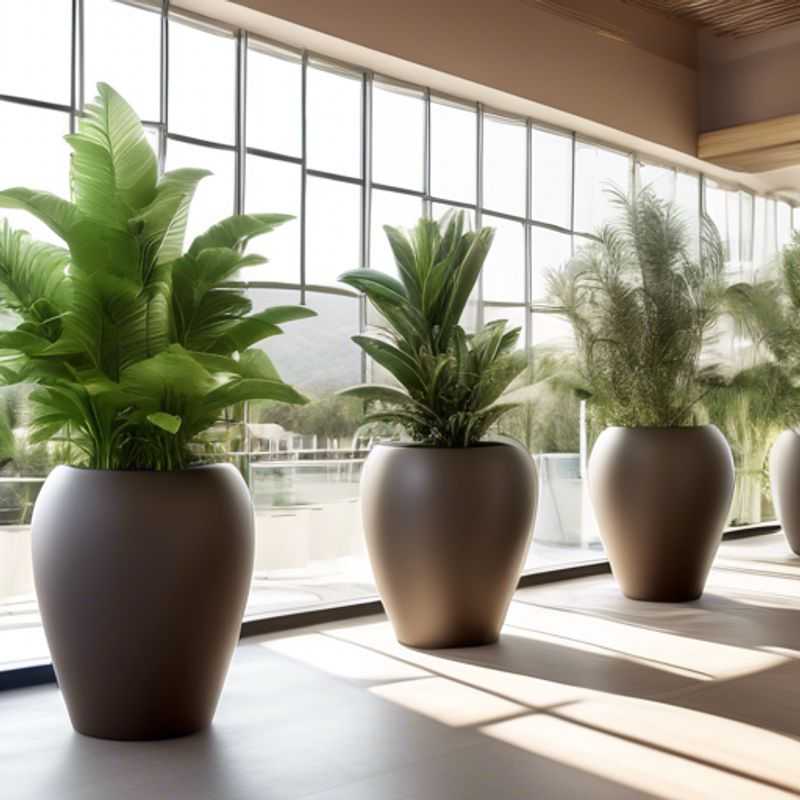
Choosing the Right Pot: Stability is Key
A sturdy base is crucial for pot stability, especially when dealing with heavy plants or windy conditions. Choosing a pot with a wide, heavy base will significantly reduce the risk of tipping.
Consider these factors when selecting a pot:
• **Pot Material:** Heavy materials like ceramic or terracotta offer better stability than lightweight plastic pots.
• **Base Shape:** Opt for pots with a wider base, as a wider footprint provides greater stability.
• **Weight Distribution:** If using a lighter material, ensure the weight is distributed evenly across the base.
• **Additional Support:** In cases where the pot is exceptionally tall or heavy, consider using additional support like a plant stand or trellis.
Investing in a pot with a sturdy base is a simple yet effective way to enhance plant safety and prevent potential accidents.

Potting Up: How to Choose the Right Size for Your Plants
Knowing the right pot size and depth for your plants is crucial for their health and growth. It's all about finding the sweet spot where the roots have enough space to thrive but aren't drowning in excess soil.
Here's a simple guide to help you choose the right pot size:
1. **Research the plant's needs:** Different plants have different root systems and growth habits. Read up on the specific plant you're growing to understand its root structure, how fast it grows, and how much space it needs.
2. **Consider the root ball size:** When buying a plant, the root ball will give you a good indication of the size pot it needs. Ideally, the pot should be slightly larger than the root ball, allowing room for growth.
3. **Pay attention to depth:** The depth of the pot is just as important as the width. The pot should be deep enough to accommodate the plant's roots and leave some space for drainage.
4. **Choose the right material:** The type of pot material can also influence the plant's growth. Terracotta pots are porous and allow for good air circulation but can dry out quickly. Plastic pots are less porous, but can retain moisture longer. Choose the material that best suits your climate and watering habits.
5. **Don't go too big:** While it might seem like a good idea to give your plant ample space, a pot that's too large can lead to overwatering and root problems. Stick to a pot that's slightly larger than the current root ball, and repot your plant as it grows.
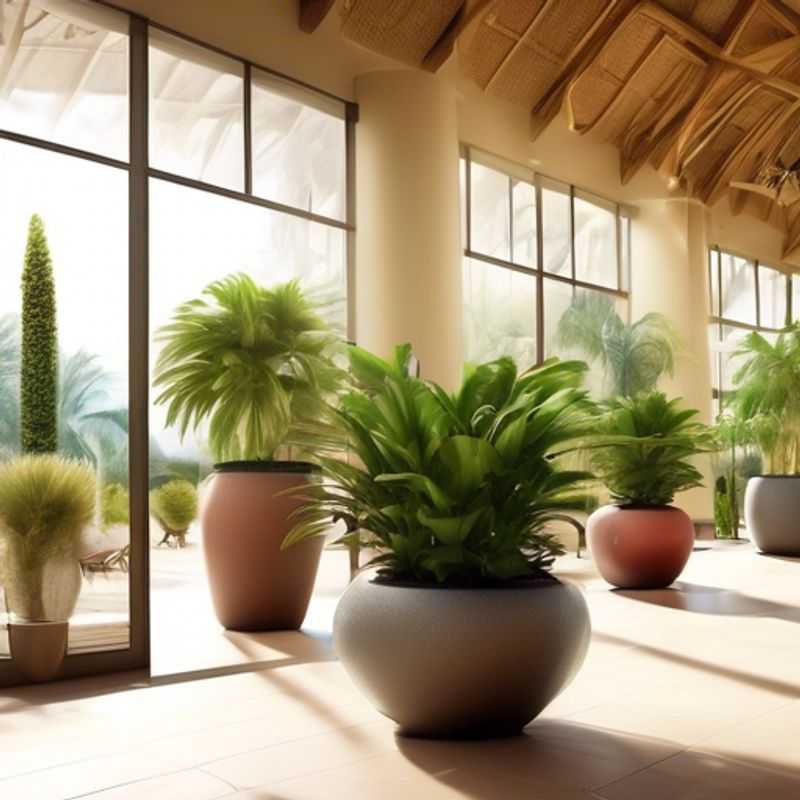
Self-Watering Pots: A Convenient and Efficient Gardening Solution
Self-watering pots are a convenient way to keep your plants hydrated, especially if you’re prone to forgetting to water them. These pots typically have a reservoir that holds water, which is slowly released to the plant’s roots. Look for pots with a self-watering feature for convenience.
There are a few things to keep in mind when choosing a self-watering pot. First, consider the size of the plant you’re planning to grow. Make sure the pot is large enough to accommodate the plant’s roots. Second, think about the type of plant you’re growing. Some plants, such as succulents, don’t need as much water as others. Choose a pot that’s appropriate for your plant’s water needs.
Self-watering pots can be a great investment for busy gardeners. However, it’s important to note that they’re not a cure-all for plant care. You’ll still need to monitor your plants regularly and adjust the water levels as needed. Additionally, some plants, such as those with sensitive roots, may not thrive in self-watering pots.
If you're considering purchasing a self-watering pot, be prepared to spend a bit more than you would on a traditional pot. Self-watering pots can range in price from $20 to $100 or more, depending on the size, features, and brand. Consider the cost of the pot when budgeting for your gardening needs.
